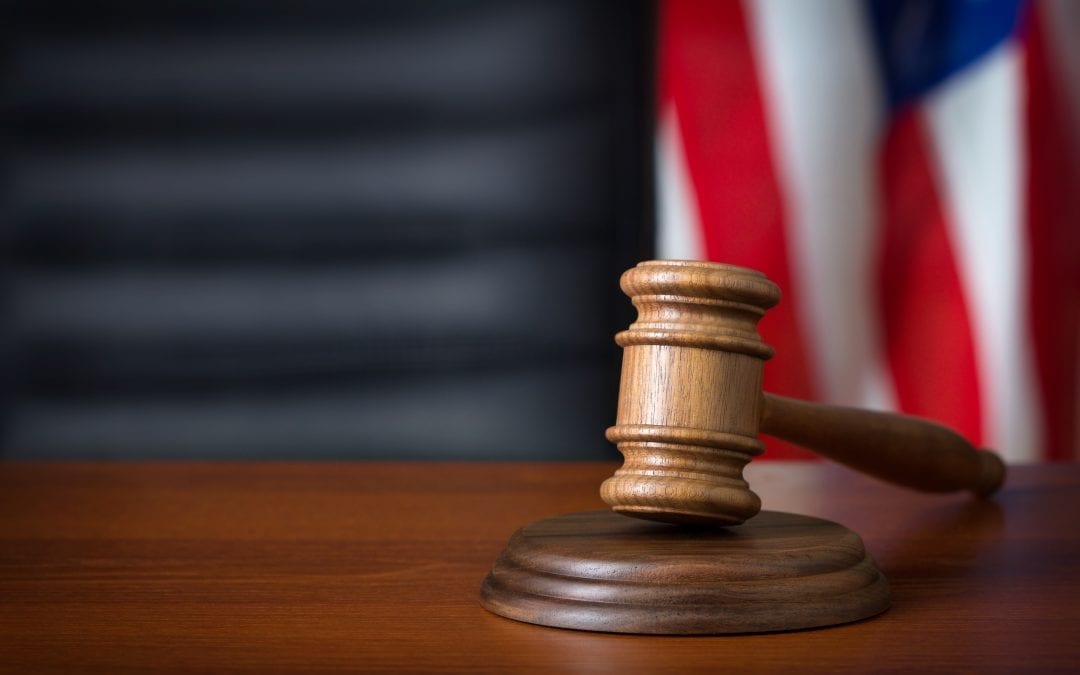An accident can turn your life upside down — you may be struggling with unpaid medical bills, lost wages due to missed work, and recovery from physical and emotional trauma. Pursuing a personal injury case may seem like a daunting undertaking. Being prepared for your case is an essential step in the healing process. Your attorney will guide you through every step of the process, but generally speaking, this is how personal injury cases play out:
The Initial Meeting with an Attorney
In a first meeting, a member of the legal team will ask you to review the specifics of the accident. Provide as much detail as possible; the more your attorney knows, the more equipped he/she is to help. They may ask you questions about your insurance coverage, your medical bills, how much work you’re missing, and the kinds of side effects you’re experiencing as a result of the accident.
Initiating Court Papers
These initial papers filed with the court are referred to as pleadings. Which pleadings are filed will vary based on your unique situation and the state you are filing in. Some of the most common include:
Complaint – Explains the individuals involved, states the plaintiff’s claims, and why the case is being pursued.
Summons – Issued by the court or your attorney, this document provides the defendant with documentation that they’re being sued, as well as how long they have to respond to the complaint.
Counterclaim – This is the defendant’s claim against the plaintiff.
Cross-claim – This applies when there are several parties taking the side of plaintiff or defendant, as is the case in a class-action suit. Each has their own right to file a lawsuit against another person involved in the situation.
Third-Party Complaint – The defendant has reason to pass liability onto another person or party, such as an accident that occurs on another’s property.
Research and Discovery
In this phase, each side shares information with the other. In a personal injury case, discovery may include copies of medical bills, proof of missed work, insurance denial forms, testimony from experts and witnesses (called depositions), police reports, or any other pertinent information.
Settlement
More often than not, your case won’t go to court. Most defendants prefer to settle than deal with a lengthy and costly trial. Depending on your case, the plaintiff’s lawyers will offer a settlement they think is fair, based on the circumstances. It may take some negotiation to achieve a just settlement.
Trial
If settlement is not an option, your case will move to trial. A judge will hear the details of a case and determine who is responsible for the alleged injuries. The plaintiff and defendant have the opportunity to give their reasoning for who is guilty and why. In the end, a judge decides who is responsible.
Appeal
The plaintiff and defendant both have the right to appeal a judge’s ruling in front of another court. The appeals court will examine the judge’s decision to determine if he made an error in interpreting the law.
Personal injury cases are an involved process, but at Ohio Injury Law, we are here to keep you informed every step of the way. Rely on the expertise of Robert D. Erney to help you through this trying time. For an initial consultation, please contact us today.


